2020
When everything changes at once: finding a new normal after genome duplication
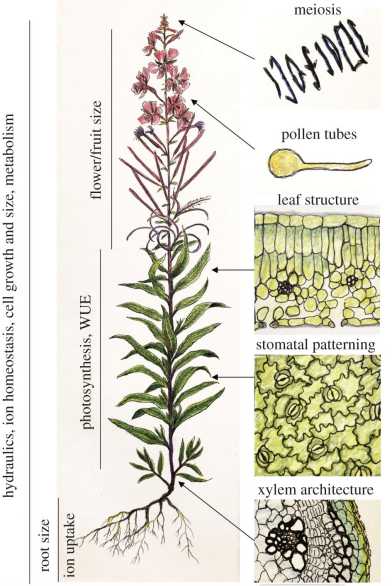
Genome duplication results in substantial changes to the cell biology and physiology of plants. One of the most common changes in neopolyploids is an increase in cell size. This has important implications for growth, fitness and stress resilience in neopolyploids. But is an increase in cell size a challenge or an opportunity? This literature review suggests that probably both are true, and discusses how polyploids can evolve a “new normal” through extensive physiological retuning.
In-Plate Quantitative Characterization of Arabidopsis thaliana Susceptibility to the Fungal Vascular Pathogen Fusarium oxysporum
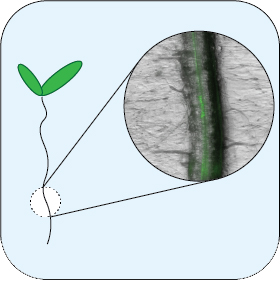
Fusarium oxysporum, the causal agent of Fusarium wilt in crops, is one of the most devastating root vascular pathogens in the world.
Key aspects of RNAi movement deciphered
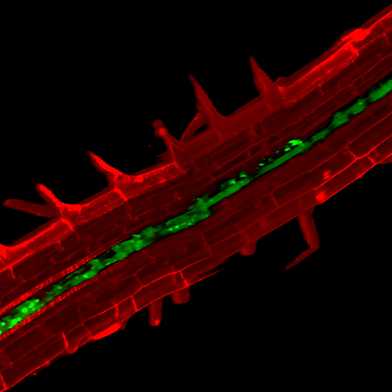
RNA interference (RNAi) has been long known to move between cells and over long distance in plants, yet the signalling molecule(s) have remained controversial. In a recent publication in Nature Plants, the Voinnet group has now solved this issue unambiguously and simultaneously discovered a process that lends mobile RNAi almost boundless flexibility and versatility in shaping gene expression across distances, well beyond those afforded by linear diffusion gradients.
Naturally evolved alleles of two proteins affect meiotic traits in a polyploid
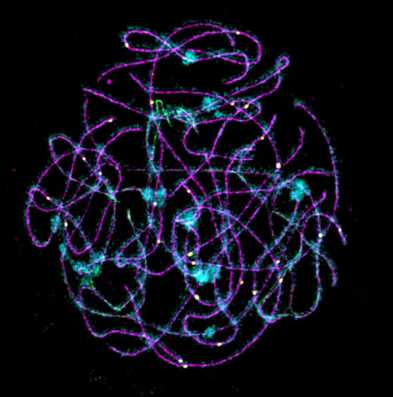
Polyploids arise from genome duplication. They are important in agriculture and natural evolution, yet face challenges when they first form. A recent paper in PNAS from the Bomblies group sheds new light on naturally evolved genetic changes that likely helped a natural polyploid persist.
Rapid, gel-free and cost-effective isolation of all known classes of silencing small RNAs
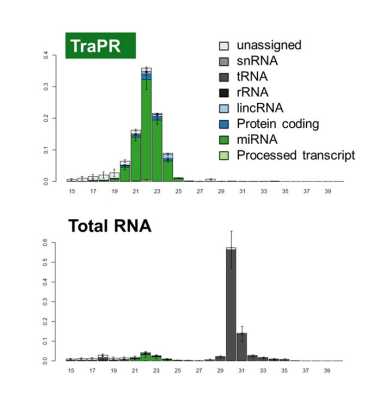
Silencing small (s)RNAs are key to gene expression control, yet accessing ‘sRNAomes’ is labor-intensive. A publication in Nucleic Acids Research by the Voinnet group describes a highly simplified and universal method developed to that aim, likely to become transformative for research and diagnostic.
A reservoir of pluripotent phloem cells safeguards the linear developmental trajectory of protophloem sieve elements
In a recent “Current Biology” publication from the Rodriguez-Villalon lab, a new ligand-receptor module has been described to endow protophloem and companion cells with the ability to swap their identities and re-establish a functional tissue when the original fails to form.